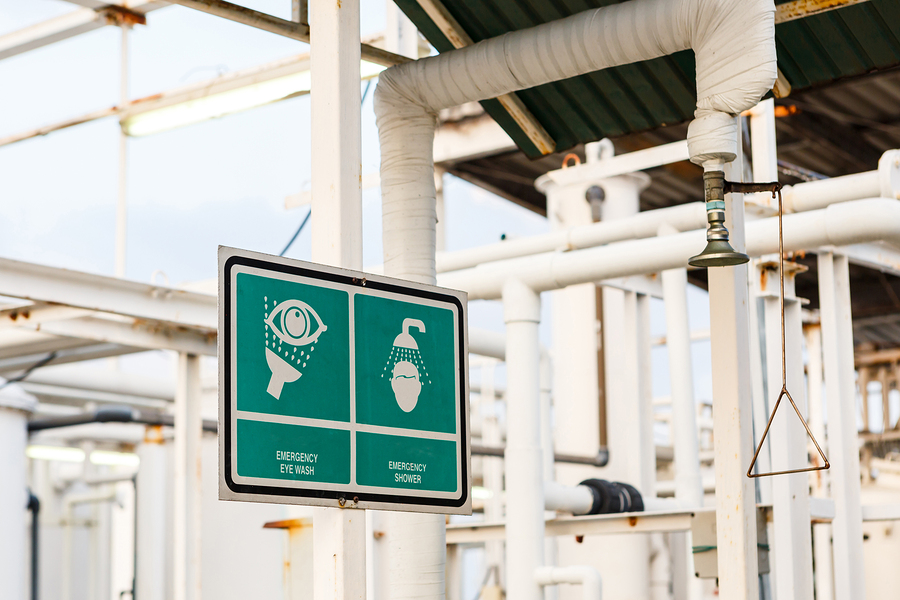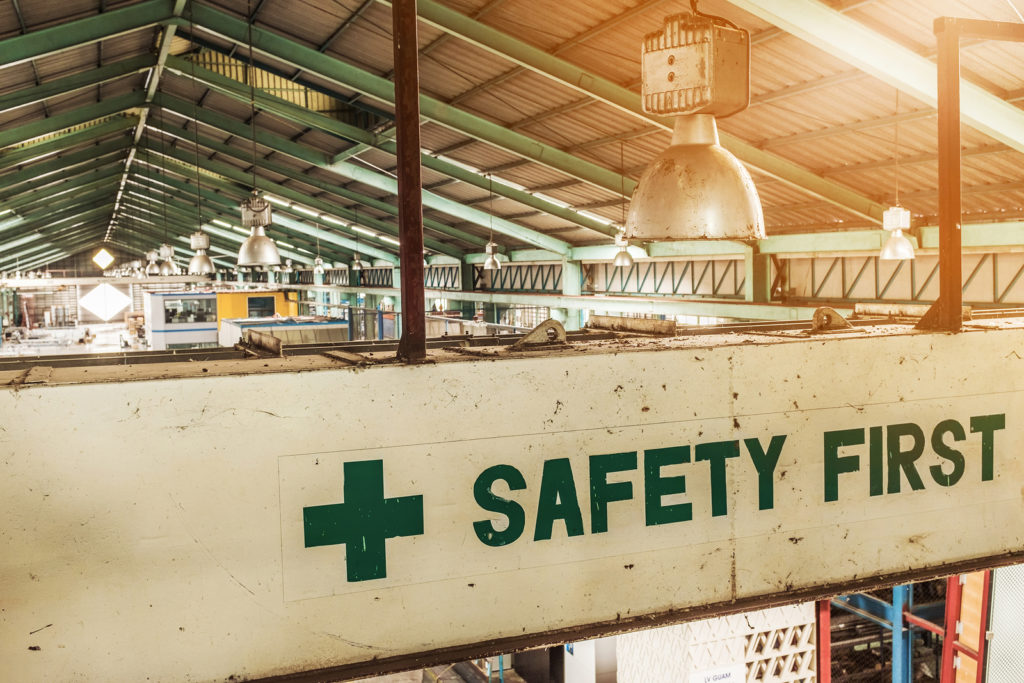How many days have you gone without an accident in your plant? Safety, especially in manufacturing plant settings, offers many benefits. In addition to protecting employees, plant safety helps improve manufacturers’ bottom lines. Accidents and fatalities have many costs:
- Increased workers’ compensation premiums
- Fines
- Legal liability costs
- Increased employee health insurance premiums
- Negative publicity, which can alienate clients, potential customers, and investors
- Replacement hiring and training expenses
But safety’s relationship to profitability is not just about cost savings. Safe plants simply run more smoothly and efficiently. The challenge is making a plant safety program effective.
 It starts with training
It starts with training
A strong safety program foundation begins with training. Not only do you need well-documented policies and procedures but you must also ensure your employees know, understand, employ, and respect them.
You should make safety training an integral part of employee training — regardless of trainees’ positions. You can provide this training in-house, but you may consider hiring a professional safety training firm to provide orientation for new staff members and ongoing professional development for existing employees.
Maintenance and repair keep employees safe
It’s critical to regularly conduct plant inspections: You’re able to identify potential threats to safety you need to correct during these safety procedures. And you can prevent problems from occurring in the first place with such preventive maintenance.
Of course, maintenance and repair can be just as dangerous as regular plant operations, so personnel fixing problems should follow manufacturers’ maintenance recommendations.
 Attitude is key
Attitude is key
No matter how well you train employees and maintain equipment, a safety program can’t be effective without companywide program buy-in. Don’t just tell employees that safety is important, help them understand exactly how it benefits the company financially and, most important, allows them to go home safely every night. No one wants to get hurt, but employees don’t often fully realize the connection between following safety requirements and their own personal well-being.
Safety importance is an attitude management team members must start and encourage. If executives and managers don’t take safety seriously, nobody in the company will.
Insist on compliance
Finally, those in charge of any effective safety program must incorporate enforcement. If employees refuse to follow safety rules, you should apply adverse penalties.
Effective safety programs incorporate:
- Employee training
- Maintenance to keep equipment safe for use
- Safety program integration among all employees — from upper management to the plant floor
- Zero tolerance for unsafe behavior

When your employees are safe, they’re better able to perform their job duties and keep your machines in working order. Safe employees and well-maintained equipment mean a better bottom line for manufacturers.
